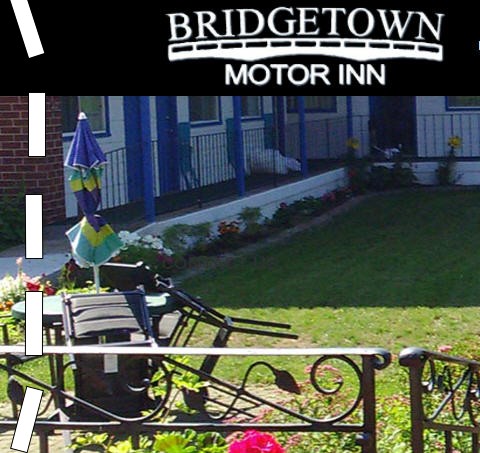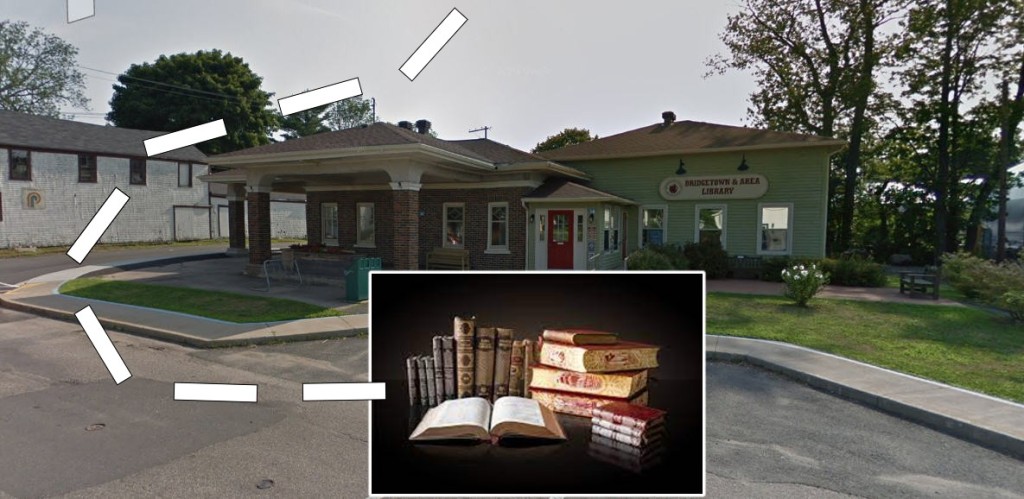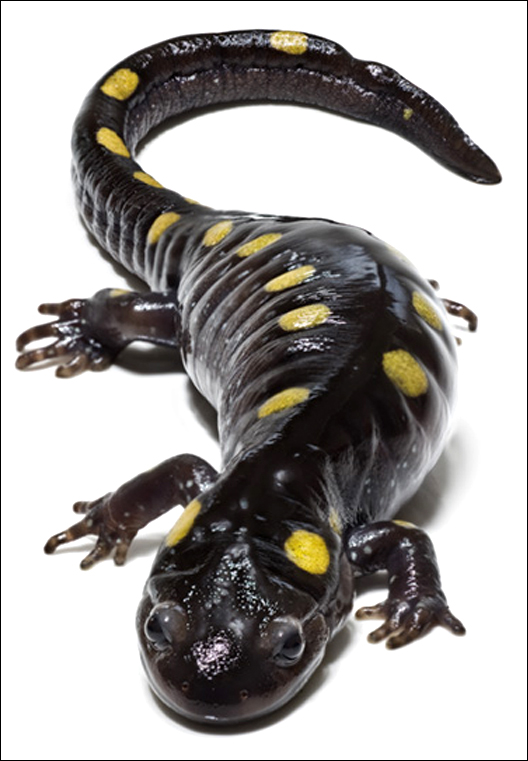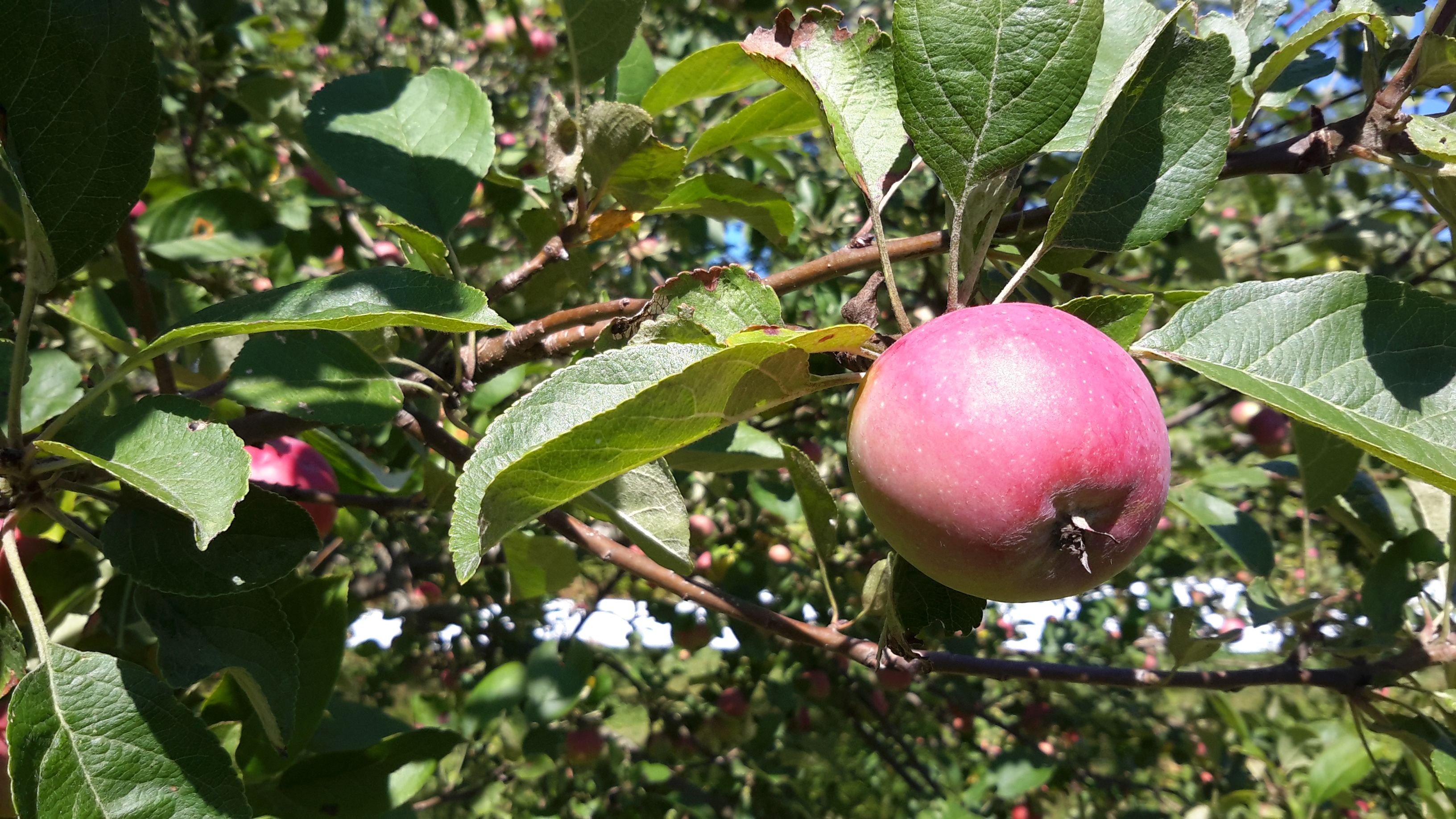
This week, I visited Integrity Printing in Bridgetown to pick up Volume 7 (2022) hard copy of my blog texts. This allows me to visit previous years’ work.
For example, under GoGeomatics for February/March:
- Feb 28, 2013: The Story of COGS.
- Mar 2, 2015: Geography Education: First thoughts from Haida Gwaii.
- Feb 9, 2016: Remembering Roger Tomlinson & Early History of GIS in Canada.
- Feb 15, 2017: Event Recap: COGS, CIG and GANS cooperate for Mapping workshop.
Under the Ernest Blair Experiment:
- Feb 16, 2017: A Proposal: Crowd sourcing and Citizen scientists.
- Feb 16, 2018: Landscape and Food: hidden gems of the Creative Rural Economy.
- Feb 18, 2019: Smart Rural?
- Feb 18, 2020: A Place, a Time.
- Feb 18, 2021: Glad Tidings.
- Feb 17, 2022: Exploring rural Nova Scotia.
- Feb 24, 2023: Community Development (this blog).
Reading Jim Lotz, the Lichen Factor, he describes a number of community development projects including the Prince Edward Island Ark (John Todd) and L’Arche ( Jean Vanier).
Lotz quotes Vanier, Community and Growth 1979 (p.199)
“People can only put down roots in a community when that meets their deep and secret desire and their choice is free – because putting down roots, like any commitment implies a certain death. We can only welcome this death if there is a call for a new life that yearns to grow.”

References
Jim Lotz, 1998, The Lichen Factor: The Quest for Community Development in Canada, UCCB Press.
Jean Vanier, 1979, Community and Growth: Our Pilgrimage Together, Griffith House, p70.
Acknowledgements.
Heather has been tending these orchids in the bathroom window for several years. Edward has added the graphics and links.




































 In the podcast, he makes a couple of interesting points.
In the podcast, he makes a couple of interesting points. References
References